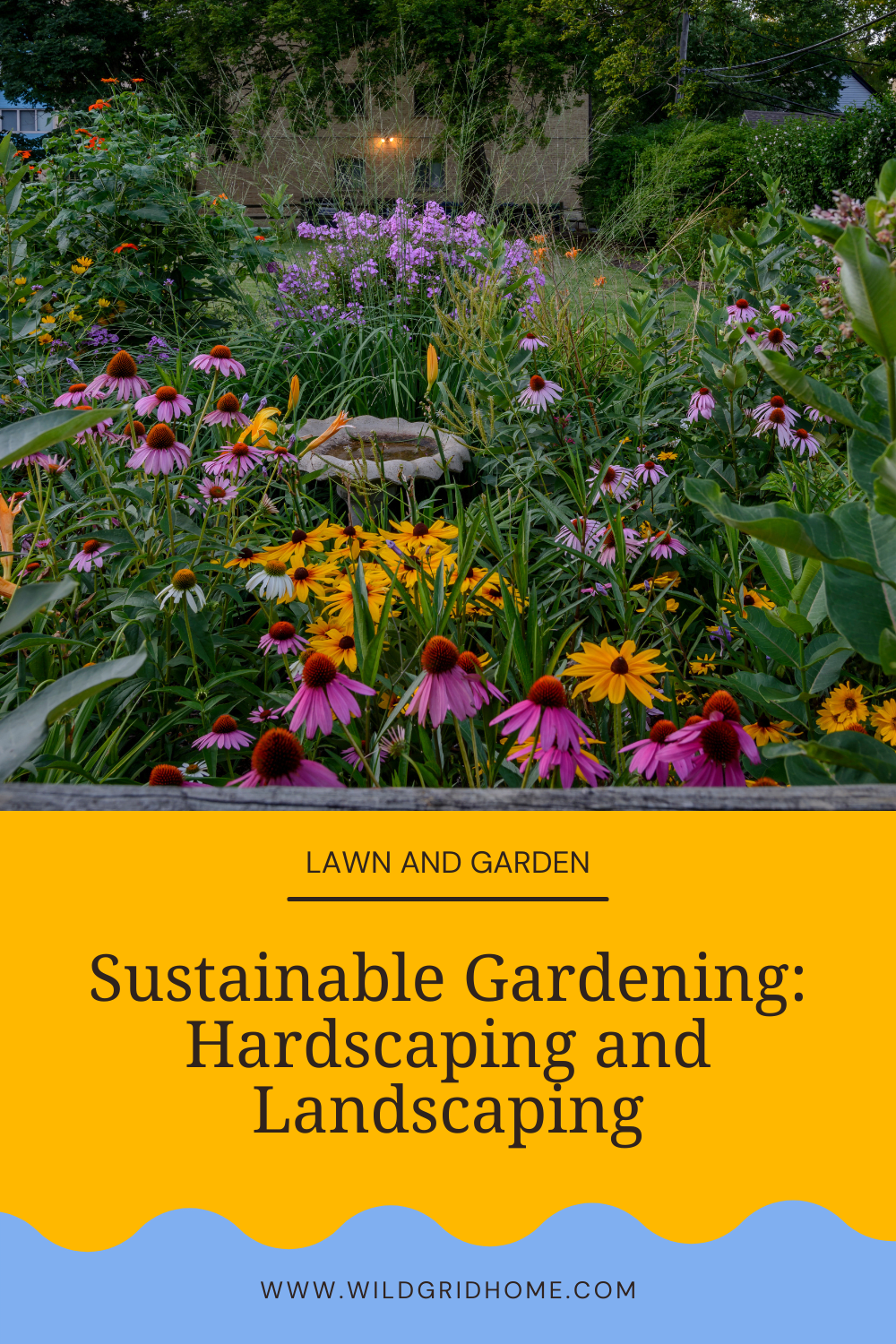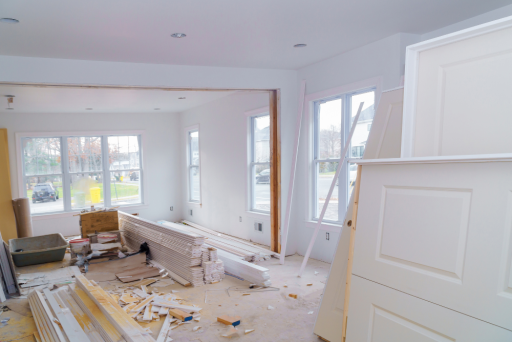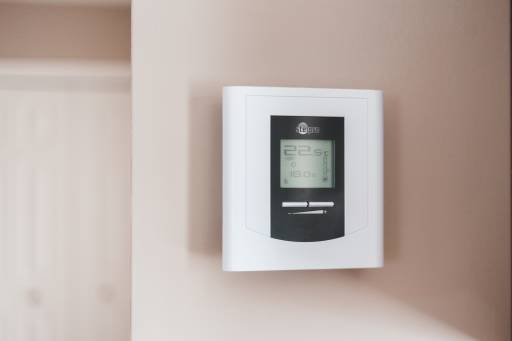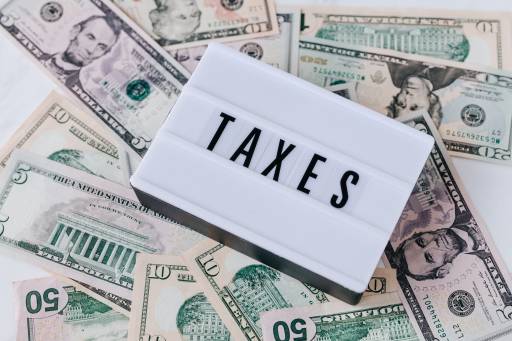Sustainable Gardening: Hardscaping and Landscaping
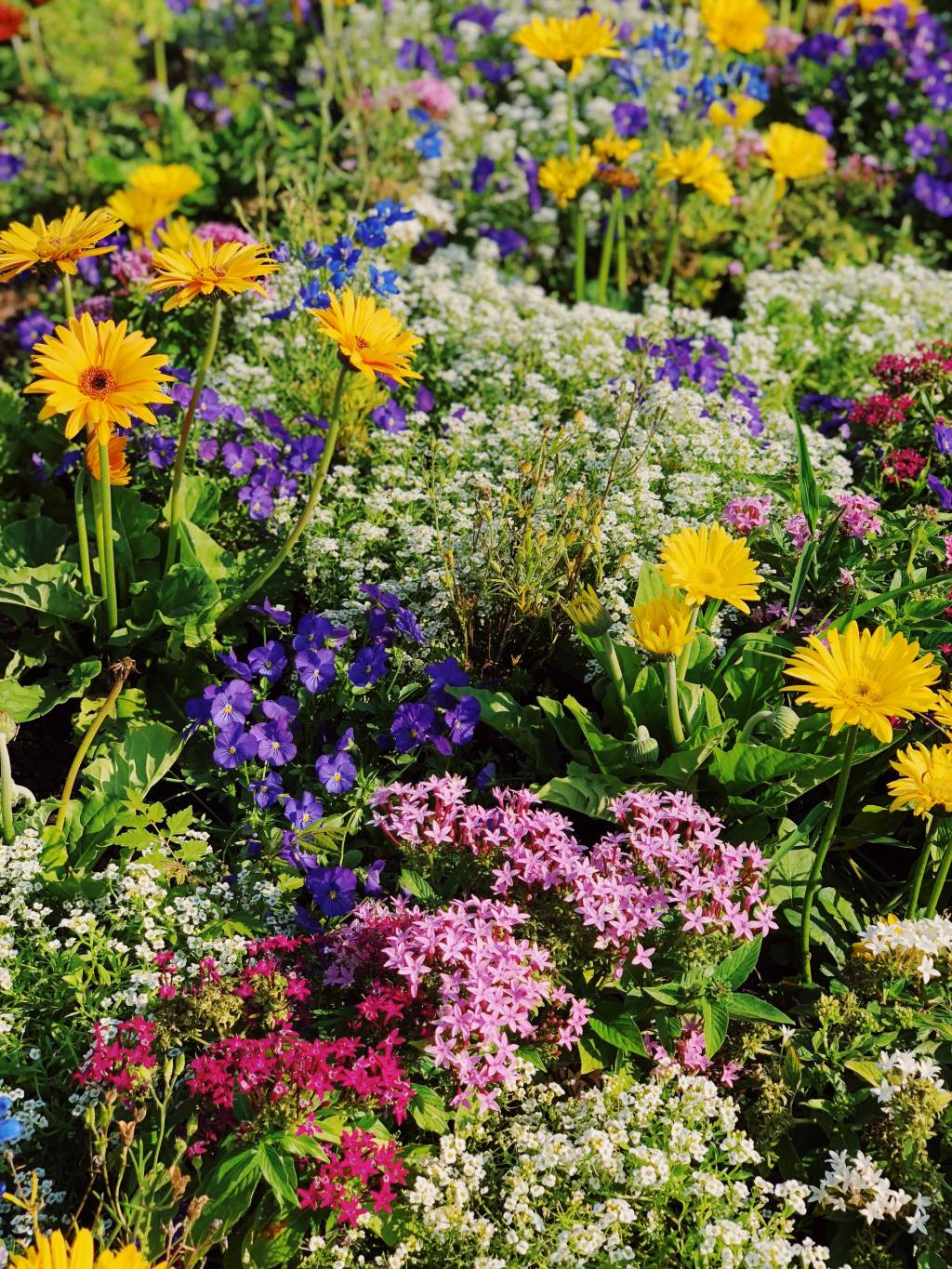
Lawns are officially going out of fashion. The new trend? Sustainable gardens.
A sustainable garden is a beautiful and eco-friendly alternative to the white picket fences and plain lawns of the past. But, it’s not just about planting pretty flowers. Making the right hardscaping and landscaping decisions is crucial if you want to create a healthy ecosystem in your own backyard that brings you joy without harming the planet.
What makes a garden sustainable? 🤔
When the word “sustainable” is used in an environmental context, it generally describes a practice that does not deplete or damage natural resources, which allows it to be maintained over a long period of time without any significant consequences.
Accordingly, a sustainable garden can be defined as a garden that thrives without producing waste and pollution.
The word “thrives” is a key part of this definition. Otherwise, an empty dirt lot or a lawn that is never watered, mowed, or treated with chemicals would be considered sustainable.
But, dirt lots and dead lawns don’t sequester carbon, or provide suitable habitats for wildlife, or improve soil health. Truly sustainable gardens add ecological value; they are mini ecosystems that are self-regulating, stable, and healthy.
Creating a sustainable garden takes time, and it starts with your hardscaping and landscaping decisions.
What’s the difference between hardscaping and landscaping?
Everything in your garden is either hardscaping or landscaping.
The hardscaping elements of your garden are the built or manmade portions: fences, decks, stone walkways, retaining walls, outdoor furniture, and planters are all examples of hardscaping. In other words, the features of your garden that are not living are what make up the hardscape. 🪨
All of the living things in your garden that aren’t animals or bugs are landscaping. So… the plants. 🌱
The word “landscape” is also used to refer to the overall combination of the hardscape and the plants, i.e. the garden as a whole. In this context, some people call the plants “the softscape.”
But those people probably also say words like “moist” and “bulbous.”
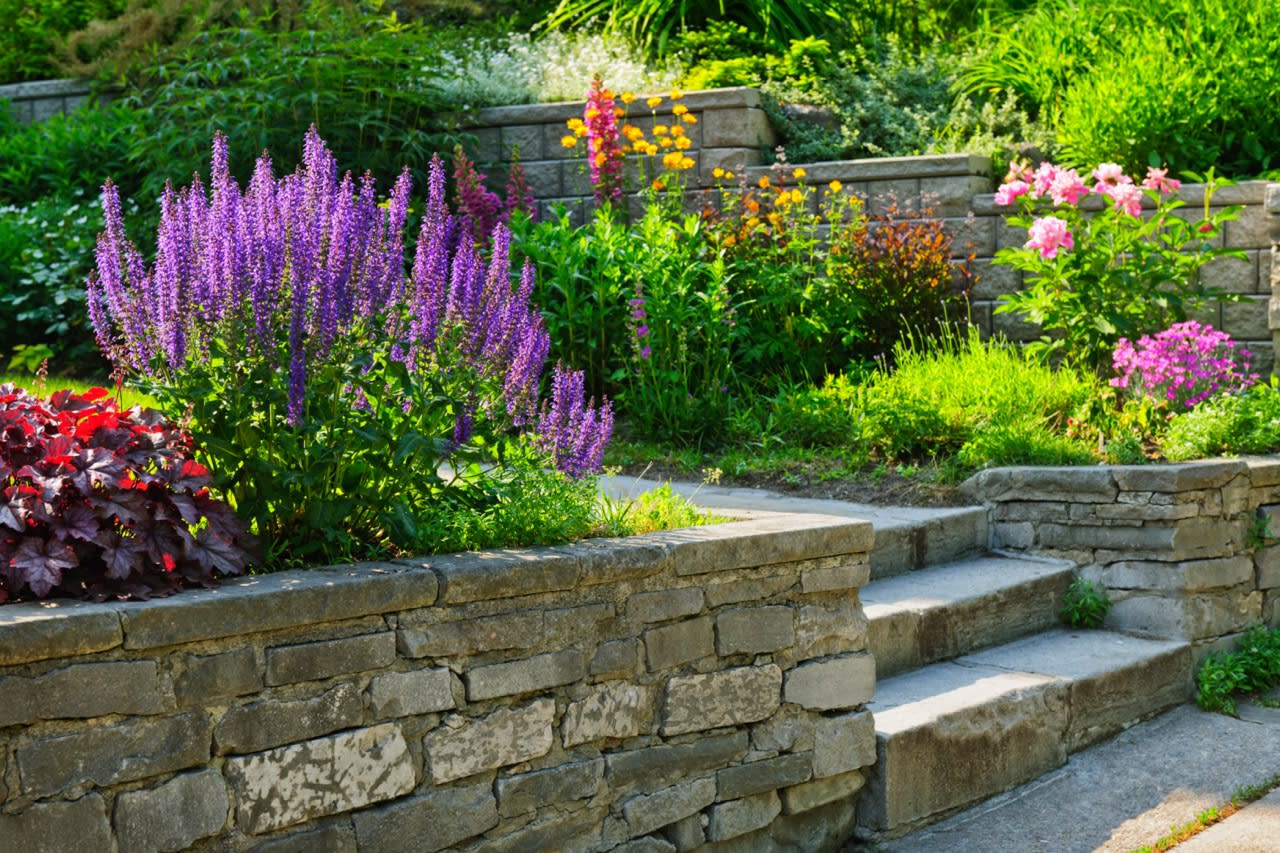
Sustainable Hardscaping
To make sustainable hardscaping decisions, you pretty much just have to ask yourself the same questions you would when trying to make any other sustainable purchase:
♻️ Do I have to buy this new, or can I bust out the ol’ “reduce, reuse, and recycle strat?
📍 If I have to buy new, can I buy locally?
🛠️ Was this product made in a sustainable way?
💪 Can this product be used in a sustainable way?
You probably won’t be able to tick off every sustainability checkbox when shopping for your hardscape.
Case in point: asphalt and concrete are common hardscaping materials because they are cost-effective, versatile, and long-lasting. They can also both be recycled. With regards to sustainability, these things are all pros. ✅
On the other hand, they both have extremely carbon intensive production processes. Additionally, asphalt can release harmful chemicals over time, and concrete production and installation requires a lot of water. It goes without saying: these are serious cons. ❌
Every hardscaping material you consider will have points for and against it in the sustainability category. So, don’t let it stress you out too much: just try to make the best decisions you can based on the information you have.
However, there are three non-negotiables when it comes to sustainable hardscaping.
🕳️ Your hardscaping materials should allow water to reach the ground beneath them. This prevents stormwater runoff pollution, erosion, and soil degradation. More often than not, the hardscaping materials that fit the bill will have the words “permeable”, “pervious”, or “porous” in their names.
🧪 Your hardscaping materials should not leach chemicals into your soil; otherwise, the health of the soil can degrade, which will eventually negatively impact your plants and the critters that rely on them.
🔆 Your outdoor lighting should be limited in scope, and should not stay on all night. This is because artificial lighting in your garden can confuse the animals and insects that call it home, which can change their behaviors and adversely affect their populations and the ecosystem as a whole.
Sustainable Landscaping
When it comes to sustainable landscaping, there is no one size fits all. Everyone’s garden will look a little different.
And that’s actually a good thing, because the one cardinal rule of sustainable landscaping is that your garden should be chock full of plants that are native to where you live. A sustainable garden in the dry mediterranean climate of California will look very different from one all the way in the humid continental climate of New York.
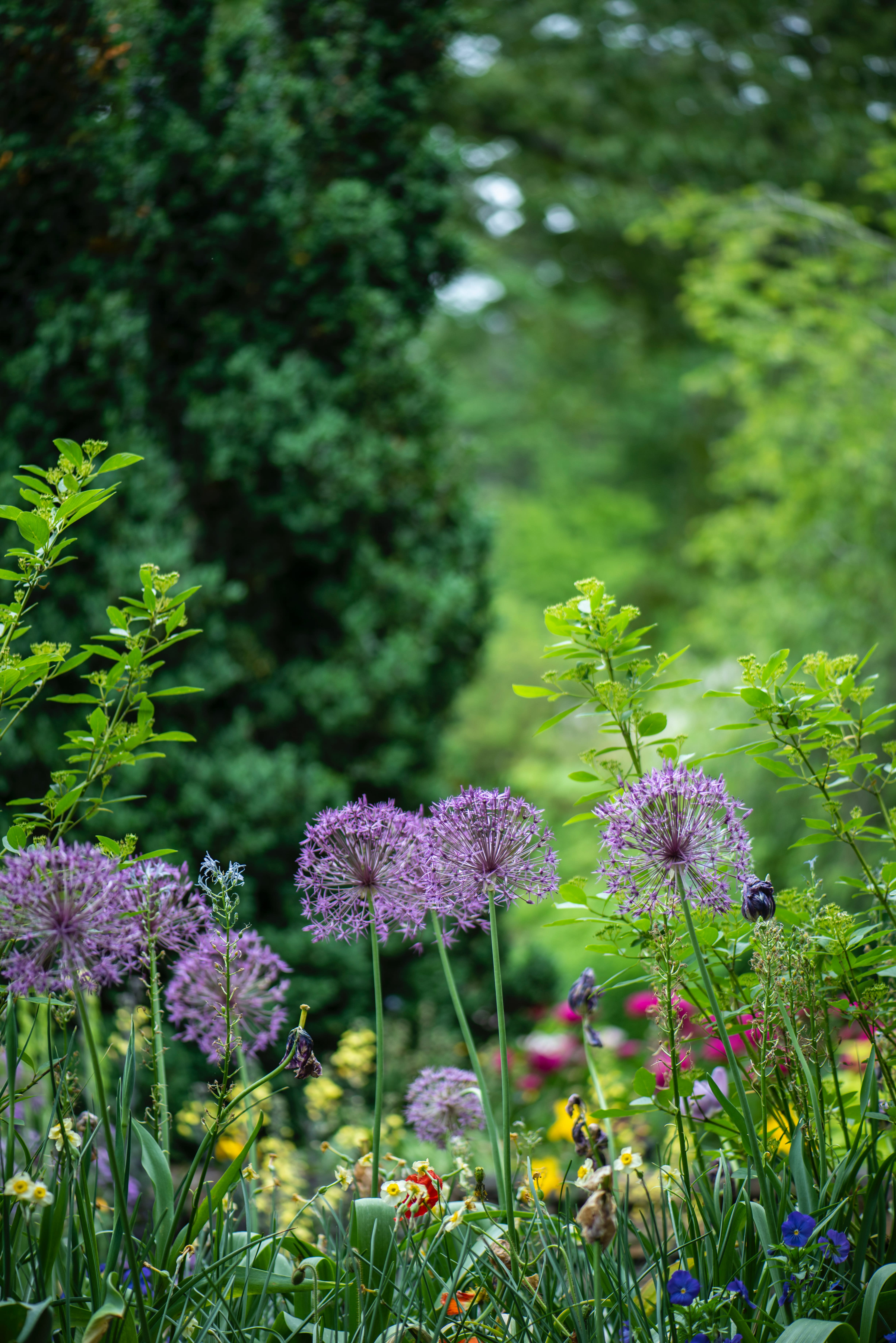
Why your landscaping needs native plants
There are a couple reasons why natives are so important in sustainable landscaping.
First and foremost, native plants are adapted to the local climate and environment. Consequently, they are able to grow and sustain themselves without requiring more resources than those that are naturally available.
So, a native plant garden will not require a lot of watering, or chemical fertilizers. Because natives are naturally resistant to local pests and competitive with weeds, they also don’t require pesticides or a lot of maintenance.
Native plants also provide ideal habitats for native animals and insects. There are long-standing evolutionary ties that exist in native ecosystems, and the flora and fauna within those ecosystems often rely on each other for their survival: they are symbiotic. 🌿 ❤️ 🐛
Nurturing those relationships not only bolsters the population of native critters (maybe even endangered ones!), but also the overall health and longevity of your garden, as well as the general biodiversity of your corner of the world.
Finally, because native plant gardens tend to be healthier and more biodiverse than exotic ones, they produce less green waste and sequester more carbon over time.
Pretty self-explanatory why those are wins. 🏅
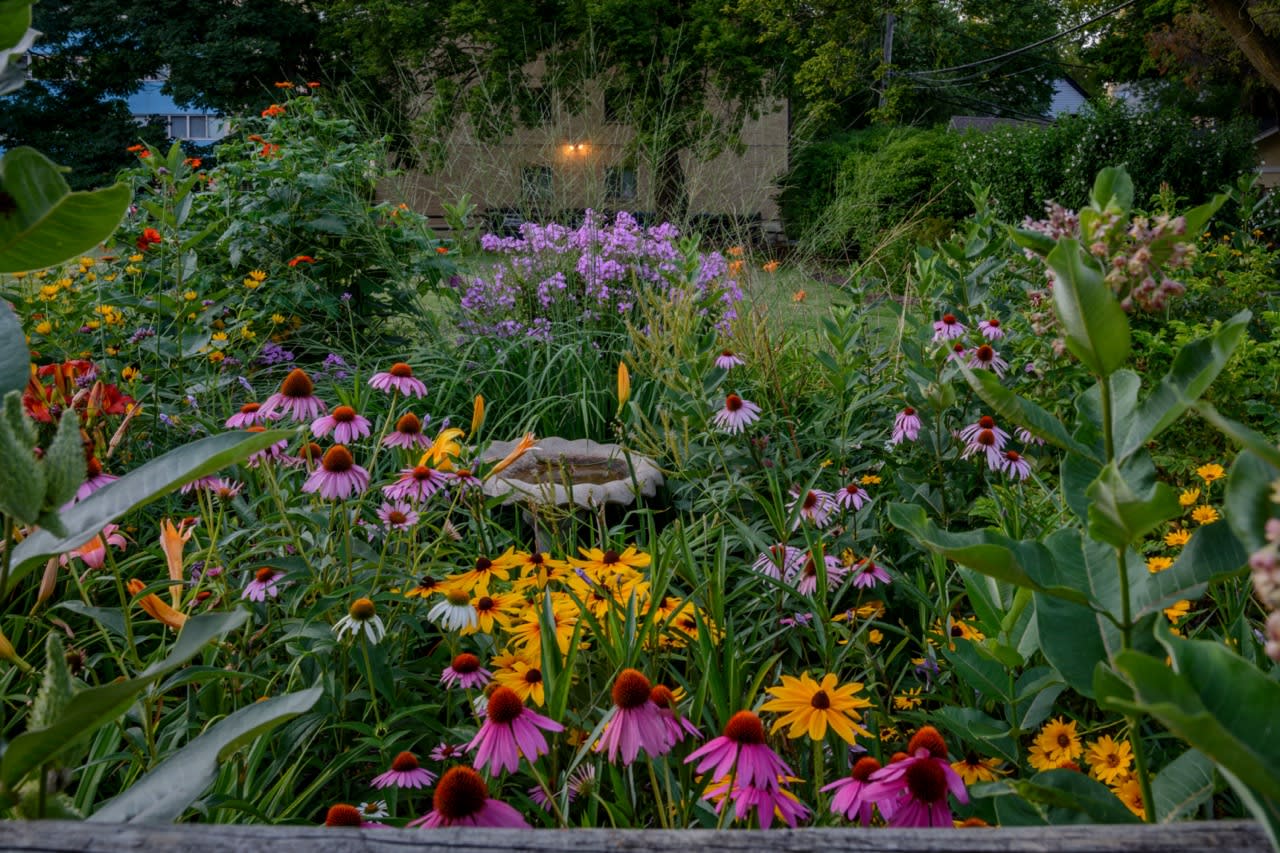
It's time to abolish the lawn
In general, lawns aren’t central features of sustainable landscapes. They don’t provide any cover for wildlife, they’re not biodiverse or resilient, and their maintenance is resource intensive.
Clover lawns are better than grass lawns, because they tougher and don’t need as much water to stay green, but they’re still not the most planet-friendly option out there. So in general, we recommend forgoing a lawn altogether.
But, if you HAVE to have a lawn, here are a few tips to help you maintain it in a way that is more eco-friendly:
💧 Water your grass as infrequently as possible. Let it turn brown in the summer — like it’s supposed to! Don’t worry, the roots are still alive and well, they’re just saving their good stuff to show off during more favorable conditions.
🌊 When you do water, be thorough. This encourages deep root growth, which will make your grass more resilient to environmental changes over time.
✂️ Let your grass get long! This will help suppress weeds and conserve moisture in the soil, especially in hot weather.
🔧 Don’t use fossil-fuel-powered equipment to maintain your yard. Surprisingly, those smaller engines pollute just as much if not more than cars, so stick with a good ol’ manual mower.
🍃 Leave the cut grass on your lawn to decompose. This is a natural way of providing your lawn with the nutrients it needs, which means you can ditch your chemical fertilizers.
Want to be an extra susty gardener? Learn how to collect rainwater.
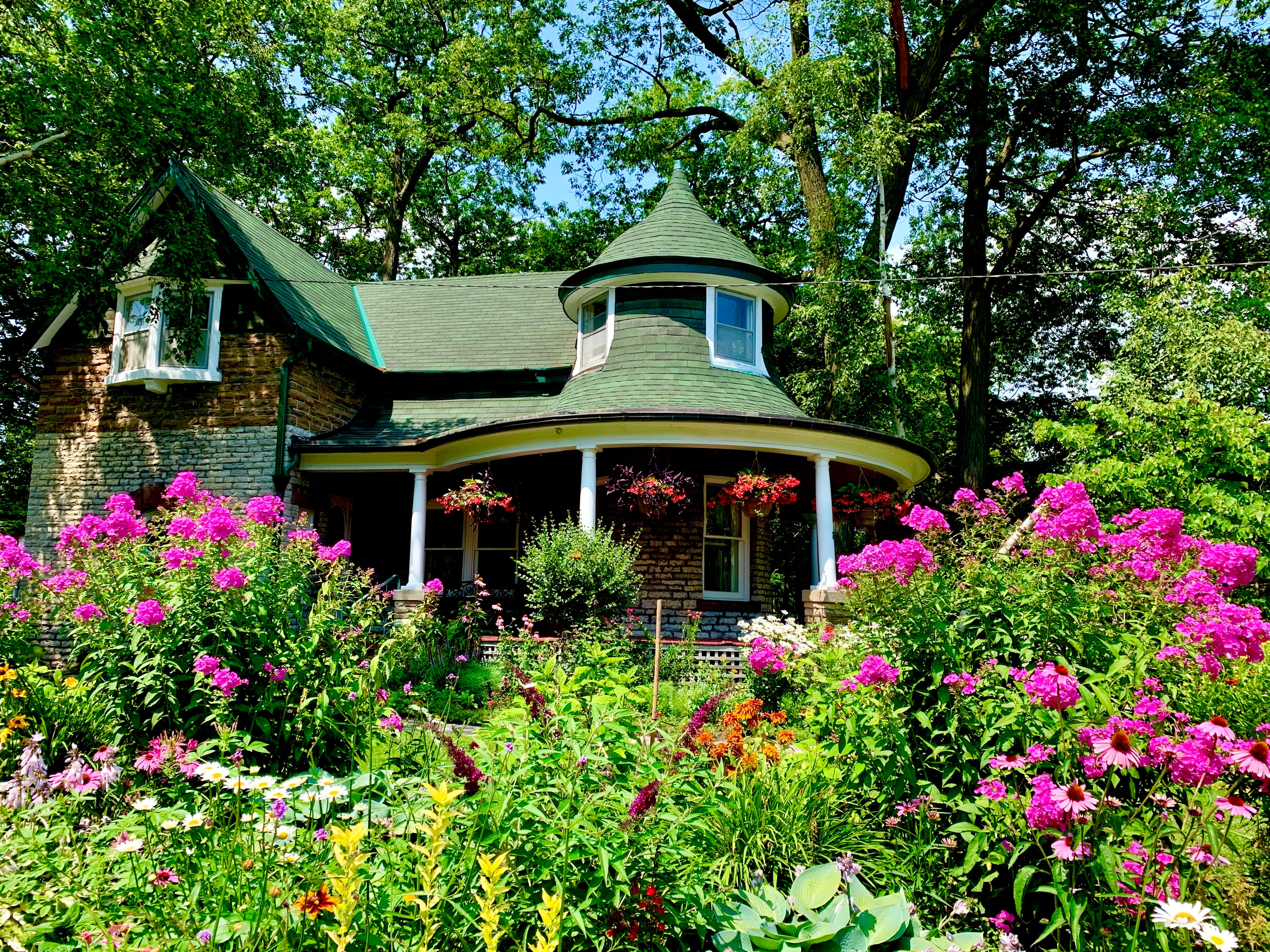
The Cost of Sustainable Gardening
The ever present question: “how much is this gonna cost me?” 💰😵💫
Doing an entire makeover of your yard will never be cheap, whether you go the sustainable route or not.
But there is good news: in all likelihood, native plants will be cheaper to buy than non-native plants, because they are not so far from home. If you really wanted to, you might even be able to collect seeds or propagate plants yourself, which would only cost you some time and effort.
At the outset, brand new sustainable hardscaping materials will likely be more expensive than less sustainable alternatives. But, those cheaper options will also be worse for the health and wellness of your garden in the long run, and they will require more complicated drainage systems, which will ultimately end up costing you more money. So there. 😤
Plus, there is also always the option of using secondhand and recycled materials, which is a pretty foolproof way to minimize the expenses of any project.
Once your sustainable garden is up and running, you’ll be saving money, because you’ll be using less water, and you won’t need fertilizers or pesticides. Win for your wallet, win for the planet.
Convinced? Well then you’re ready to move on to the next step toward creating a sustainable garden: exploring and researching the nature that is native to you.
Good luck, and have fun!
